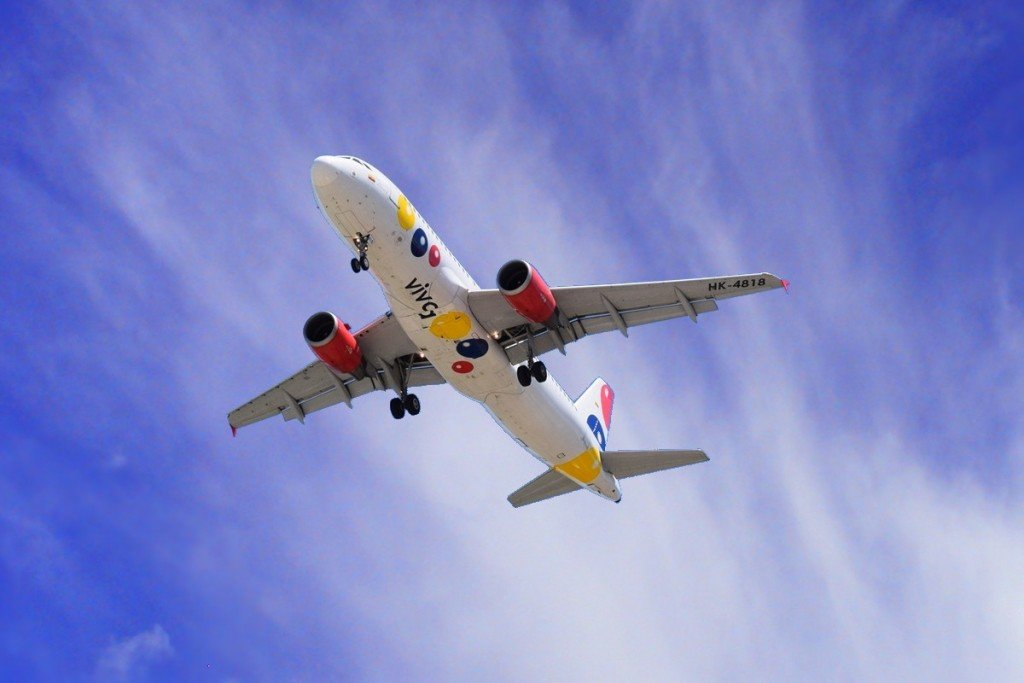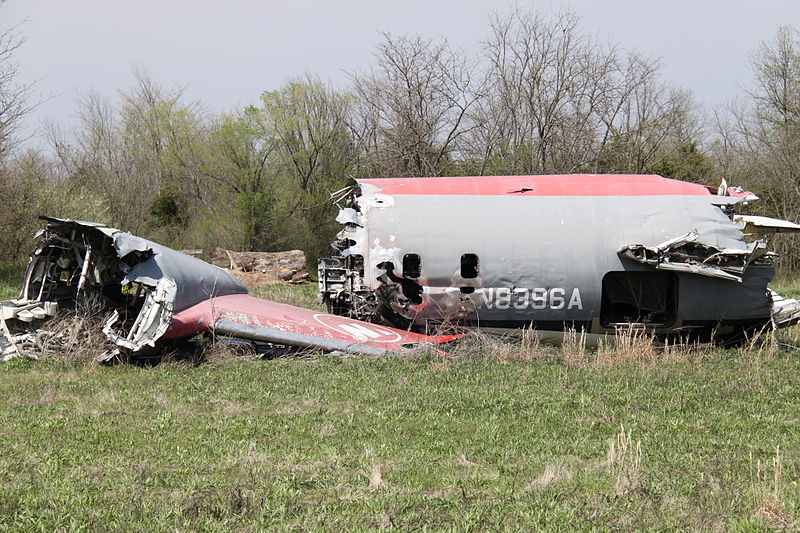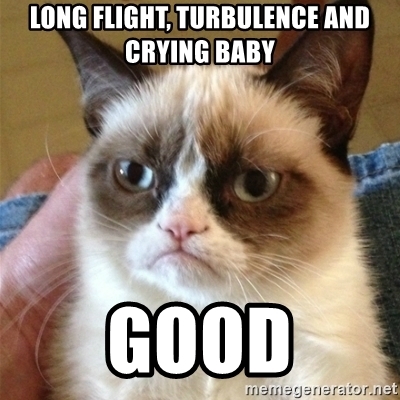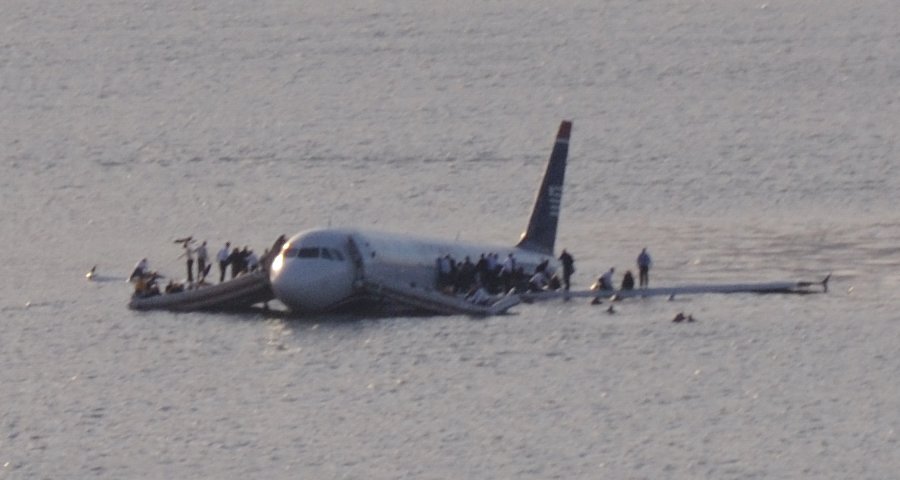A balance between operating costs and fuel efficiency is achieved somewhere around 35,000 feet, which is why commercial airplanes usually fly at that altitude.
Most commercial airplanes cruise at an altitude of nearly 35,000 feet—around 6.62 miles (10,600 meters) in the air! For people who think the top of a skyscraper is tall, flying more than 6 miles off the ground is incredible!
The thing is, what’s wrong with flying a few hundred meters above the ground, so long as the plane clears all ground structures like communication towers and skylines?
Well, first of all, the height at which most planes fly is not some arbitrarily chosen number. There are very good reasons why planes fly at precise heights in the sky. Let’s look into the science of why planes fly so high.
Air Resistance And Fuel Efficiency
One of the main reasons commercial airplanes fly so high is air resistance. You see, the higher you go above the ground, the thinner the atmosphere becomes, and therefore, the less resistance there is on the movement of the plane.

It’s pretty straightforward, actually—the more air molecules the plane must move through, the more energy it will need, so the more fuel it will need, and consequently, the operating costs will be higher. Additionally, it is pretty cold up there, around -55°C, which also aids in improving the efficiency of the jet engines.
Cruising Altitude: A Sweet Spot
Due to lower resistance at higher altitudes, commercial airplanes can keep moving forward with minimal fuel expenditure. Commercial airplanes typically fly between 32,000 feet and 38,000 feet, with the sweet spot being approximately 35,000 feet, which is popularly referred to as cruising altitude.
A balance between operating costs and fuel efficiency is achieved somewhere around 35,000 feet, which is why commercial airplanes usually fly at that altitude.
Commercial airplanes can climb to 42,000 feet, but going beyond that can be precarious, as the air starts to become too thin for optimum flight of the airplane. Also, oxygen starts to become scarce, making it difficult for fuel engine systems to work.
Back in 2004, Pinnacle airline flight 3701 crashed as pilots became too ambitious and flew their aircraft at higher-than-recommended altitudes. After going past 41,000 feet, the pilots lost control of the plane and it crashed into the highway near Jefferson City.

Also Read: How High Can Airplanes Go?
Avoidance Of Weather-related Events Like Thunderstorms
Another important reason why commercial airlines fly at 6.6 miles up is that, at that height, they get more ‘stable’ air and don’t usually have to worry about clouds or weather-related events (e.g., thunderstorms).
Although planes can still fly through clouds and storms, they experience a lot of turbulence when doing so. This can cause discomfort in the passengers and even create panic on the plane. Fortunately, pilots are trained to handle such situations and they are expected to report such occurrences to the air traffic control room for further aid and advisement.

As an airline company, you don’t want turbulence; what you want is to give your passengers as smooth a flight as possible.
Clearing Obstacles
This one is sort of obvious. As a pilot, you don’t want to duck and dart through towers, buildings, and other ground structures while flying a plane. Regardless of how cool that may sound to some of you, it’s simply unsafe, not to mention impossible!
Terrain is marked by the sea level, so some terrain may be much higher above sea level than the runway/airstrip. That’s why planes ‘climb’ to an appropriate altitude to stay away from any sort of ground structures.
It is forbidden to fly below 1,000 feet for commercial airplanes by most aviation authorities around the world unless there is an emergency. This is for safety and environmental reasons, like noise. If you have been close to an airport before, you know that commercial airplanes are very loud and noisy.
However, at around 35,000 feet, airplanes lie on the sweet border between the troposphere and stratosphere. This region is almost free of birds, insects and microbes, so the chances of a birdstrike up there is zero.
Miracle On The Hudson
There have been many instances of bird strikes on airplanes, but the one that got the most attention was the case of US Airways Flight 1549. Back on January 15, 2009, an airplane (Airbus 320) was struck by a flock of birds that caused both of the plane’s engines to fail. Fearing that the plane wouldn’t be able to make it to the airport or a safe place nearby, the pilot had to allow the plane to descend into the Hudson River and sink there.

Miraculously, the plane didn’t sink after landing on the river and instead stayed afloat. This provided time to do rescue operations and all the passengers were evacuated. This incident is famously called the Miracle on the Hudson. You can learn more about it from our video below. You’ll learn exactly what happens when birds strike an airplane and how such incidents can be best averted by flying adequately high!
Also Read: What Really Happens When A Bird Hits An Airplane?
Safety Cushion
Imagine that you’re flying a commercial jet just a mile above the ground and something goes wrong. The plane starts to plummet. You know that the problem causing the plane to descend rapidly can be fixed, but the plane is falling too fast and you simply don’t have enough time to fix the problem. At that moment, you would think, “If only I had more time…”
Being up high provides that extra time to think and calculate and execute what needs to be done to keep your passengers safe.
Also Read: Why Don’t Commercial Airplanes Have Parachutes For All Their Passengers?
What About Private Jets And Helicopters?
Thus far, we have discussed commercial airplanes reaching great heights and enjoying the related perks, like less air resistance and bird annoyance, but what about private planes and helicopters? Well, when it comes to private jets, they generally use a piston-powered single engine. This engine works similar to the engine in a car. It is meant to power the plane for a shorter distance. This engine is not powerful enough to fly a plane into the echelons of commercial aircraft.
According to aviation experts, the planes we can rent or own for private purposes cannot go past 15,000 feet, in most cases.
Beyond the limitation owing to its piston-powered engine, there is another threat that looms when these types of aircraft try to escalate above a certain height. As they ascend higher into the atmosphere, the oxygen levels decrease, which can lead to hypoxia, wherein tissues do not receive enough oxygen. This could be fatal not only for the pilot riding the private jet, but also the passengers.
Talking about helicopters, they are a completely different breed altogether. Instead of wings, helicopters fly by rotating blades, which means the height they can generally climb to is less than 10,000 feet.
Well, now you know why commercial planes fly at an altitude of around 6.6 miles. Flying at that height gives optimum air pressure and ambience—and most importantly, a safety cushion for pilots in case something goes wrong!
Do you know why airplanes fly so high?

